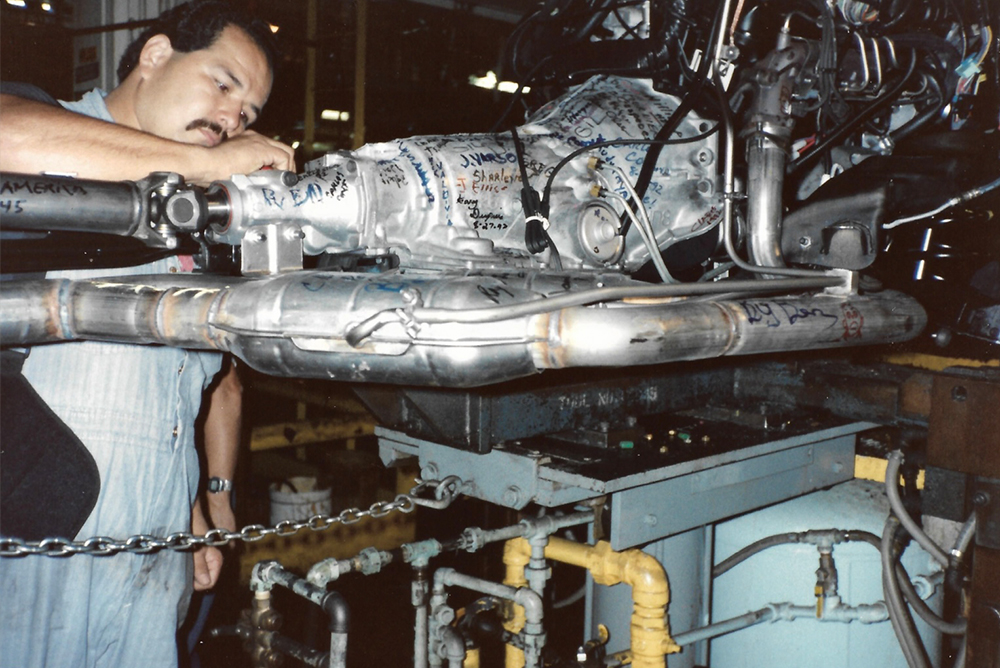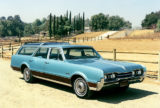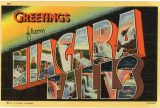The Valley’s Last Camaro
In 1992, General Motors Shuttered Its Van Nuys Plant—But Not Before Union Workers Left Their Mark on the Final Car They Produced
Improbably, the best monument to the old General Motors assembly plant in Van Nuys, California, sits in a garage in Jamestown, North Dakota—the final car produced at the facility that in its 44 years of operation manufactured 6.3 million automobiles and employed thousands in L.A.’s San Fernando Valley.
The red 1992 Chevrolet Camaro Z-28 with Heritage black racing stripes is owned by an enthusiast named Leonard Stevenson, who’s lovingly maintained it ever since he watched it roll off the production line on August 27, 1992. Three decades later, his “Last Camaro” …










